- Abstract Art Definition & Examples 101
- Abstract Art Paintings and Abstract Art Movements 101

- 10 September '19
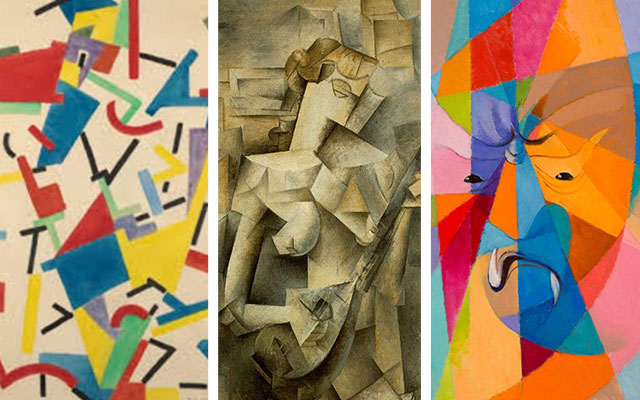

by Alina Livneva
10 September '19Abstract Art Definition & Examples 101
Abstract art emerged at the turn of the 20th century and focused on exploring color and form, so let's try and answer what abstract art is?
Abstract Art Definition
Abstract painting is viewed as a key style contained within the Modern Art movement. Pioneered by many forward-thinking 20th-century painters and celebrated for its avant-garde aesthetic, the abstract genre represents a pivotal moment in modernism. Abstract art is a departure from reality. It releases the creative energy of people and provides them with the freedom to explore their minds and emotions in a way that was impossible in traditional styles of art. The abstract is an expression connecting the feelings and vibes. It is a different perspective than the usual perception of realism. We may define the abstract as a non-figurative art; it is not either objective or representational.
The viewer perception is one of departure from the imagery of reality. It places the mind in a continuum of energetic inflow or outflow. Some partially abstract works could keep you in the conscious realm however total abstraction has no connection to our knowledge. One could say abstract is artists drawing how they feel. It is not about making copies of real-life either about giving the impression. Depending on the artists, abstract became about the process itself.
Unlike other styles, abstract does not portray objects as they appear in real life. Before the emergence of this style, artists focused on illustrating human civilization and the world of nature. Abstract artworks experiment with the use of texture, tone, and light perception. Through abstract works, artists express their feelings rather than particular objects or scenes. Early abstraction represents movements such as:
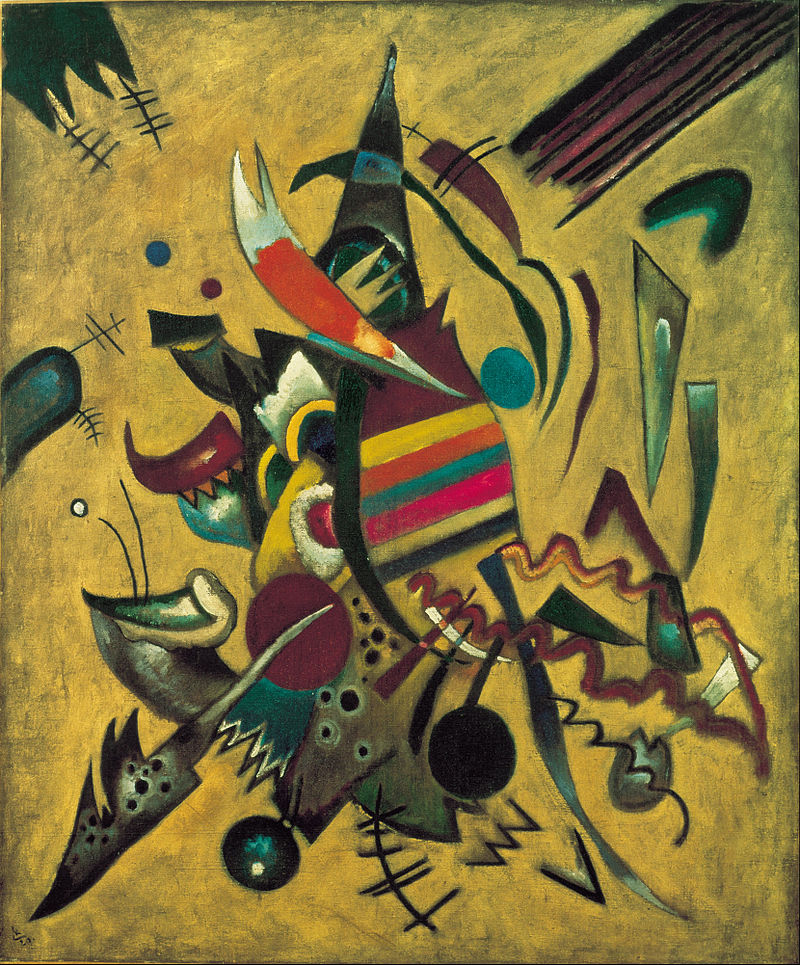
Abstract art movements
Cubism - Dadaism - Surrealism - Fauvism
Before World War I, artists in Europe started creating abstraction fundamentally with no portrayal of recognizable objects. However, these initiatives got ignored by the majority of even progressive artists. During the War, two new influential schools emerged in Europe, which further promoted the development of abstraction. These schools were Dada (in Zurich) and De Stijl (in the Netherlands). In the 1950s, the development of abstract was fueled by the works of the powerful movement - Abstract Expressionism, which appeared in the United States and soon spread around the world.
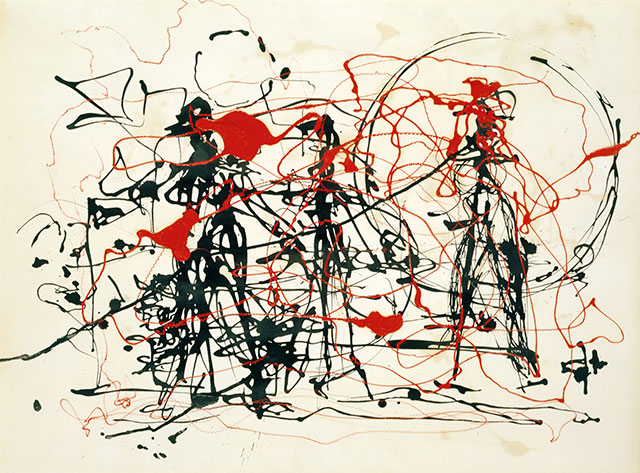
Other popular forms included:
Suprematism - Neo-Plasticism - Art Informel - De Stijl
It is important to note that the roots of abstraction are to be found in Post-Impressionism. The movement appeared in France before the turn of the 20th century. Early forms included illustrations of people with the use of angles and planes. One of the examples of such techniques is pointillism, where artists used points to illustrate different places and people.
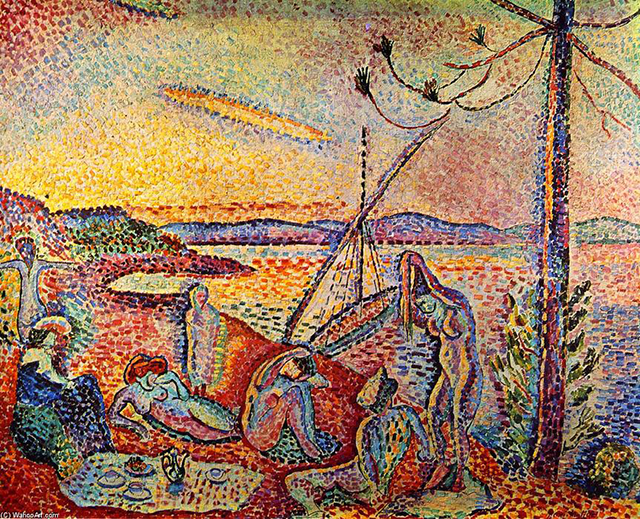
The nature of abstraction
There is no consensus about the definition and abstraction nature. Nevertheless, this is a legitimate style of art. Artworks can mean many different things for a person, thus, giving him or her a lot of freedom and room for creativity. Art abstract allows people to explore things that they see in their minds rather than with their eyes. There is a distinction between creating artworks from forms that are not drawn from the visible world or abstracted from appearances.
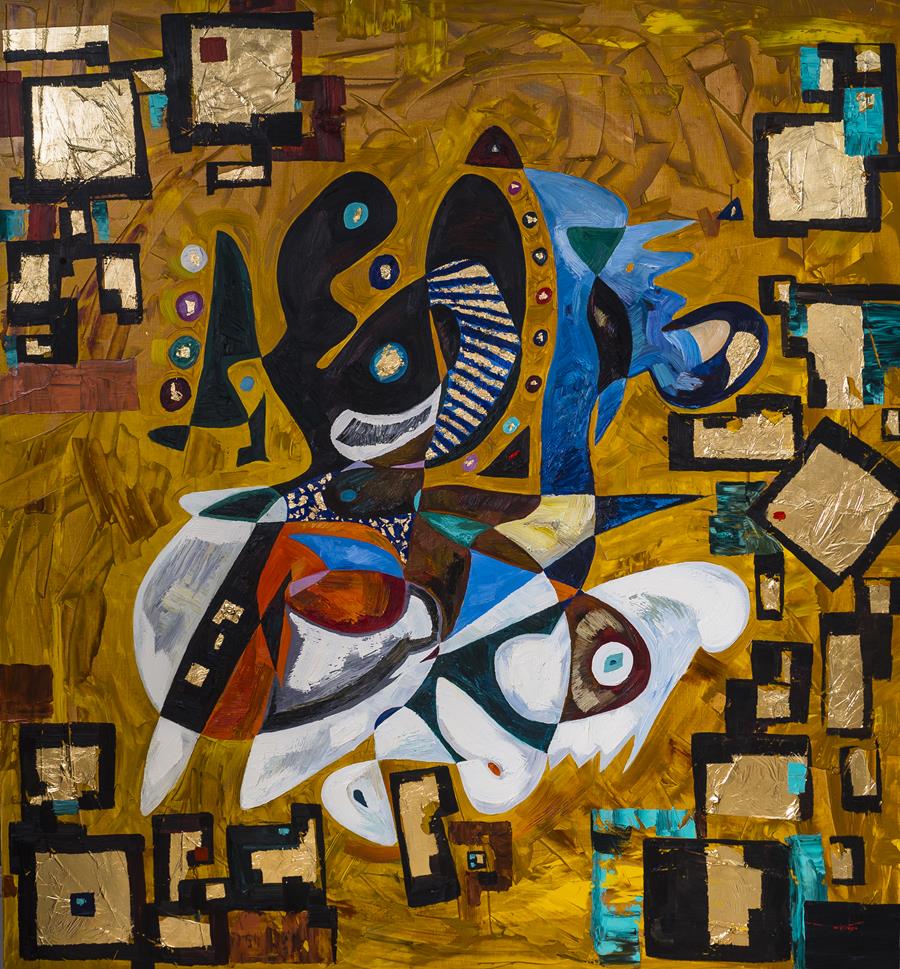
Modern Art (1900-1980) - Notable Artists

Wassily Kandinsky, Expressionism (early twentieth century): Expressionist artworks involved highly intense color and non-naturalistic brushwork, often based on the artist’s inner feelings. Kandinsky saw his abstract paintings as an alternative pathway to spiritual reality.
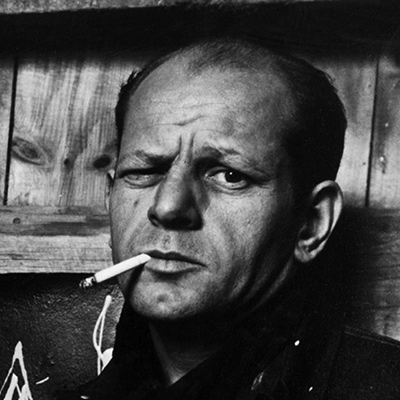
Jackson Pollock, Action painting (1940–1950s). The action painting was directly influenced by automatism. Pollock channeled this into producing gestural, improvised ‘drip paintings’ by placing his canvas on the ground and pouring paint onto it from the can or trailing it from the brush or a stick.
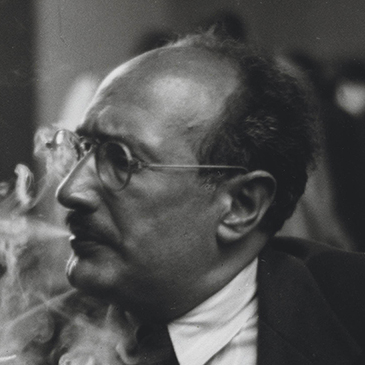
Mark Rothko, Colour field painting (1940–1950s). Another form of abstract expressionism, the color field painters produced simple compositions made out of large soft-edged areas of color with no evident focus of attention, intending to create a meditational response in the viewer.
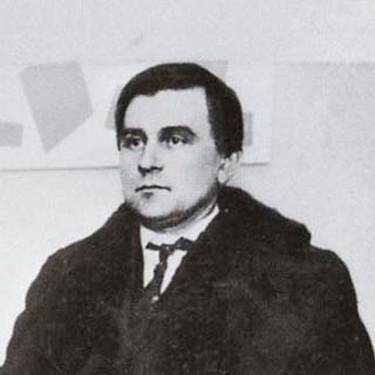
Kazimir Malevich, Suprematism (1913): Malevich created a new form of abstraction in order to free art from the real world. As well as the ‘suprematist square,' Malevich developed a whole range of forms often produced in intense colors floating against a usually white ground.
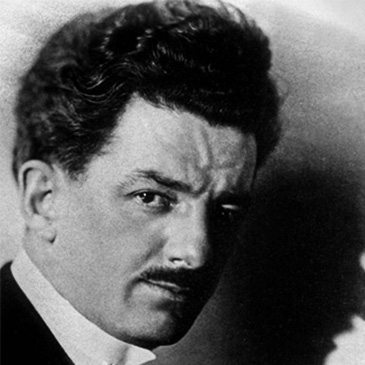
Robert Delaunay, Orphism (1912–13): Coined by the French poet and art critic Guillaume Apollinaire. The name comes from the musician Orpheus in ancient Greek myths, as Apollinaire thought that painting should be like music. Main artists Robert Delaunay and Sonia Delaunay also used the term simultanism to describe their work of this period.
Contemporary Abstract Art (1980- Present)
Notable Artists

Gheorghe Virtosu is a primary master of the abstract art movement and school. From the perception of an experienced viewer who has professionally engaged with abstract art, Virtosu extended beyond it and challenged its limits. He developed an interest in abstract painting and sculpture in 1992. Virtosu lives and works in London, Amsterdam, Luxembourg. He depicts social phenomena and characters based on his life experiences.
Types of Abstract Art
There are many ways to classify and one of the approaches divides it into the following groups:
Curvilinear
Curvilinear has its roots in Celtic art. This style involves the use of interlace patterns, knots (8 basic types), and spirals (such as triskelion). The curvilinear style is characterized by smooth flowing curved lines which are used to form abstract patterns like swirls, circles, and spirals. Sometimes these curving lines are used to represent human facial features as well. In this form, you will not find any right angles or straight lines.

Color
Colour abstraction is characterized by the use of color to make the objects appear as detached from reality. The color-related or light-related art is observed in the works of Oscar Claude Monet and Joseph Mallord William Turner. This type is characterized by a swirl of pigment in every painting, which eventually makes the pigment indistinguishable.

Abstract geometric art
Abstract geometric art appeared in 1908, represented by such movements as Cubism. As its name suggests, geometric abstraction is a form of abstract which uses geometric forms and shapes like squares, triangles, rectangles, and circles. As art styles became more and more boundless in the 20th century, geometric abstraction gradually gained in popularity. The logic of perspective underpins Renaissance art as an attempt to make objects as real and lifelike as possible. Geometric abstraction is quite the opposite because of its two-dimensional approach. Moreover, this art form strays far from representing real-life objects. Theo van Doesburg, Pablo Picasso, Piet Mondrian.

Abstract Expressionism
Abstract Expressionism united the painters who filled their canvases with color and abstract forms, but also those who attacked their canvases with vigorous gestural Expressionism. They were committed to art as expressions of the self, born out of profound emotion and universal themes.

Emotional
Art showing emotion employs abstraction to represent nature, unlike geometric art, which is entirely anti-nature.

Gestural
Gestural abstract refers to a particular process of making art. In gesture art, the process of creating paintings becomes central because artists of this style often use brushes in unconventional ways, and the brushwork is in many cases, rapid and loose. Here, the subject of the painting is not essential; instead, it is the way it gets painted. While most art forms have a conscious approach to applying paint, gestural depends on intuition.

Minimalist
Finally, the minimalist type is stripped of any external associations and references. As its name suggests, minimalist or minimal art uses geometric shapes, mostly squares and rectangles in an overly simplified manner. Unlike geometric abstraction, which solely bases on a two-dimensional approach, minimalist can also be three-dimensional.

Abstract art popularity
Abstract has become so popular in our time because it requires artists and viewers to use more of their imagination. When looking at an abstract piece, for example, the human mind starts processing information in a different way than it is when dealing with figurative art.
Most abstract artworks leave many details unspecified, thus, prompting the human mind to come up with these details through imagination.
Abstract popularity grows in the modern world because viewers feel a connection with the colors or forms in these artworks without being restricted to a certain theme or subject-matter.
On the other hand, abstract painting helps artists to express their creative energy without limitations, which is very relieving for many people in the modern, fast-paced world.
Moreover, abstract canvas painting is currently recognized as an effective method of therapy and meditation.
It is crucial to understand that there is no “right” way of interpreting abstract artworks. Different people may see different things in these artworks, depending on their life experiences, emotional state, and a myriad of other factors. It provides both artists and viewers unprecedented freedom to interpret artworks the way they want.

-
Art Advisory Services


